Understanding the nuances of dart shaft differences is crucial for optimizing your dart game. This article will immediately explain the key variations and then delve into the specifics of material, length, and diameter, helping you choose the perfect shafts for your playing style.
⚠️ Still Using Pen & Paper (or a Chalkboard)?! ⚠️
Step into the future! The Dart Counter App handles all the scoring, suggests checkouts, and tracks your stats automatically. It's easier than you think!
Try the Smart Dart Counter App FREE!Ready for an upgrade? Click above!
The most significant dart shaft differences lie in their materials, lengths, and diameters. These factors directly influence flight, stability, and overall performance. Understanding these variations will allow you to select shafts that enhance your accuracy and consistency.
Let’s explore the specifics to equip you with the knowledge needed to make informed choices and ultimately improve your game.
Understanding Dart Shaft Materials: A Key Aspect of Dart Shaft Differences
The material of your dart shaft plays a significant role in its overall performance and feel. Different materials offer unique characteristics, influencing factors like flexibility, durability, and weight balance. Let’s look at some of the most common shaft materials and their respective pros and cons.
Nylon Shafts
Nylon shafts are a popular choice among dart players, largely due to their affordability and durability. They offer a good balance of flexibility and stiffness, making them suitable for a wide range of playing styles. Nylon shafts are also relatively lightweight, which can contribute to a more comfortable throw. However, they can sometimes be prone to breaking under significant stress, especially compared to stronger materials such as carbon fiber.
Aluminum Shafts
Aluminum shafts are known for their exceptional durability and stiffness. They can withstand significant impacts without breaking, making them an ideal choice for players who throw with a more forceful style. Aluminum shafts can also offer better weight balance, promoting a smoother trajectory. One drawback of aluminum shafts is that they can be slightly heavier than nylon, which might affect the overall throwing comfort for some players. The added weight might, however, provide extra stability.
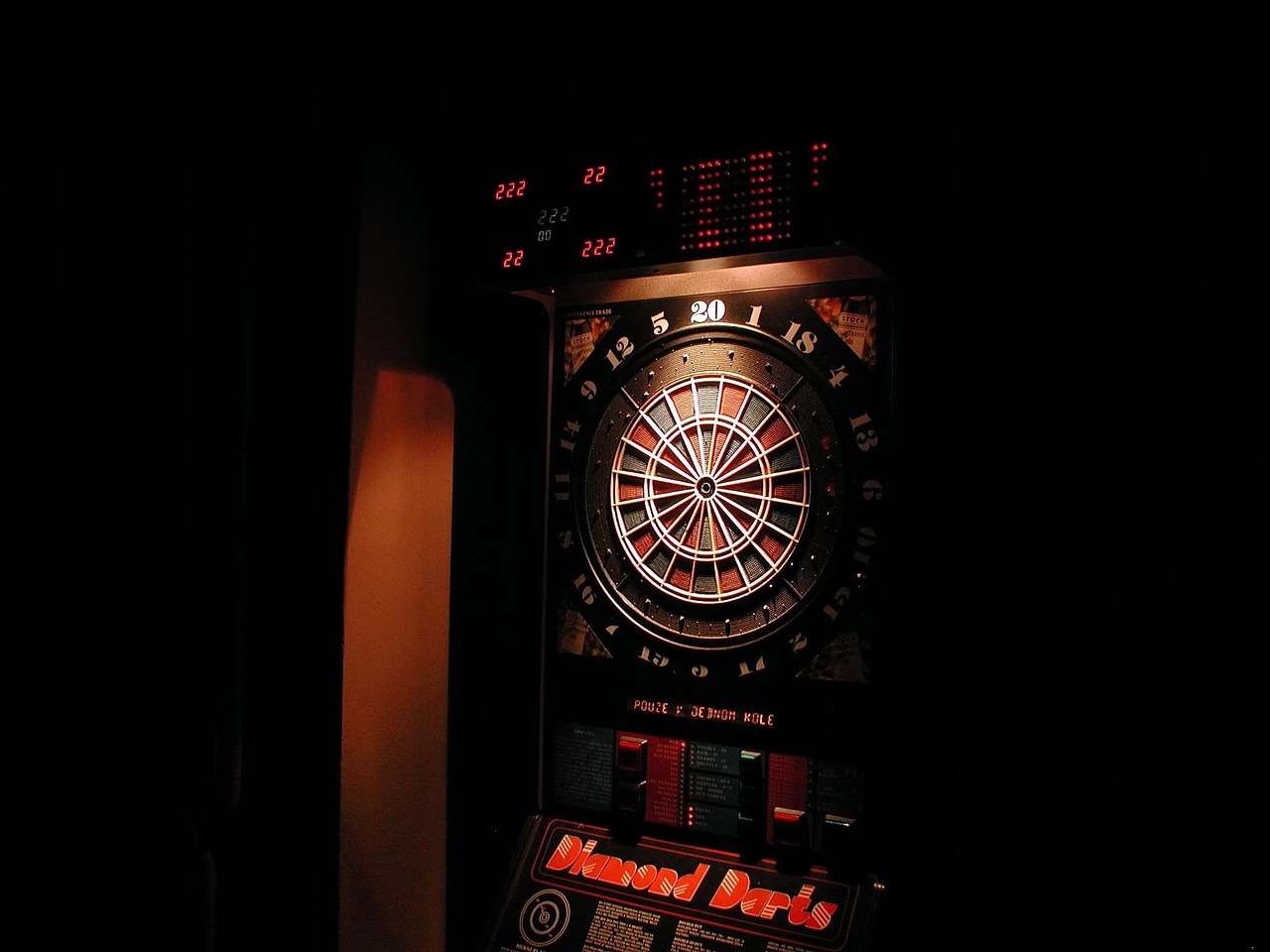
Carbon Fiber Shafts
Carbon fiber shafts represent the premium option in the dart shaft market. They are exceptionally lightweight, incredibly durable, and incredibly stiff, meaning they won’t flex during your throw and offer unparalleled stability in flight. This stiffness is great for accuracy, and the lightness can reduce stress on the wrist. However, the higher cost of carbon fiber shafts may make them less accessible to beginner players. But for those serious about enhancing their game, a worthwhile investment. These represent the highest end of the dart shaft differences spectrum.
Exploring Dart Shaft Lengths: Finding the Right Fit
The length of your dart shaft is another crucial factor to consider when optimizing your dart game. The impact of length on your throw, however subtle it may feel initially, can be significant over time. Different shaft lengths affect your grip, balance, and the overall trajectory of the dart. Let’s examine the various lengths and how they might affect your throw.
Short Shafts
Short shafts offer greater control and precision, particularly for players who prefer a compact grip. The shorter the shaft the better control you have, but this can also limit the weight adjustment options. The reduced length means less surface area for the fingers to grip. This is usually better for newer players building their strength and accuracy.
Medium Shafts
Medium-length shafts provide a good balance between control and stability. They’re a popular choice among many players as they offer a versatile option that suits a variety of throwing styles and preferences. The versatility here is key, allowing experimentation with different grips and weights. Medium shafts remain a reliable choice for players of all levels.
Long Shafts
Long shafts can enhance stability, particularly beneficial for players with a more powerful throwing style. The increased length can result in a smoother flight pattern for longer throws. However, long shafts might be less suitable for players who prefer a tighter grip and more precise control. The longer shaft provides more area for the fingers to grip, and can even help in adjusting the flight path of the dart.
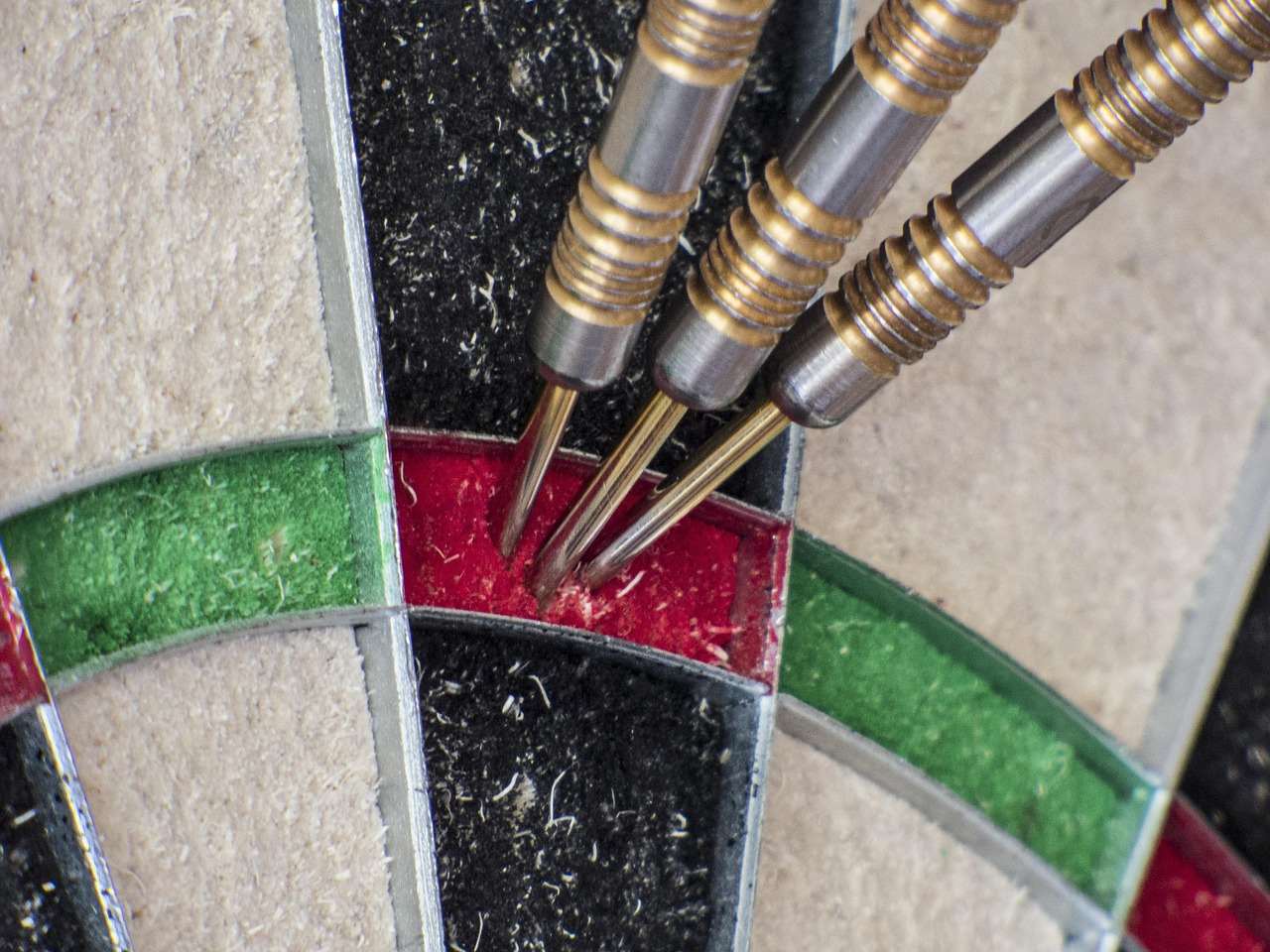
The Impact of Dart Shaft Diameter: A Subtle but Important Factor
While often overlooked, the diameter of your dart shaft can significantly impact your grip and overall throwing experience. Subtle differences in diameter can dramatically affect your comfort and control. Let’s explore how diameter variations might affect your throw.
Thin Shafts
Thin shafts provide a more delicate feel and increased precision. They tend to be favored by players who appreciate a tight grip and improved control, and who tend to have smaller hands. However, the reduced grip area can make them slightly less stable during release for those with a forceful throw.
Medium Shafts
Medium-diameter shafts offer a balance between grip and stability. They offer a comfortable feel for most players and are a versatile choice for many playing styles. The ideal middle ground here is perfect for players still developing their grip and throwing strength.
Thick Shafts
Thick shafts offer increased stability and support, particularly for players who throw with greater force. The larger grip area can enhance control during the throw but might feel less precise for those accustomed to thinner shafts. This offers more area for the fingers to grip and helps with control of the dart in flight.
Choosing the Right Dart Shafts: A Practical Guide
Selecting the appropriate dart shafts involves careful consideration of your personal throwing style, preferences, and experience level. There’s no one-size-fits-all solution; the ideal shafts depend entirely on your individual needs.
- Consider your throwing style: Do you throw with a forceful or gentle action? This dictates the level of stiffness and durability you might require.
- Assess your grip: Do you prefer a tight, compact grip, or a looser, more relaxed one? This will influence the optimal shaft diameter.
- Experiment with different shaft lengths: Try out varying lengths to find the one that promotes the most comfortable and consistent throw.
- Experiment with various materials: Consider exploring different materials such as nylon, aluminum, and carbon fiber to understand their respective impact on your throw.
- Prioritize your budget: Set a realistic budget before you start your search to help narrow down your options. While quality is vital, you don’t need to break the bank.
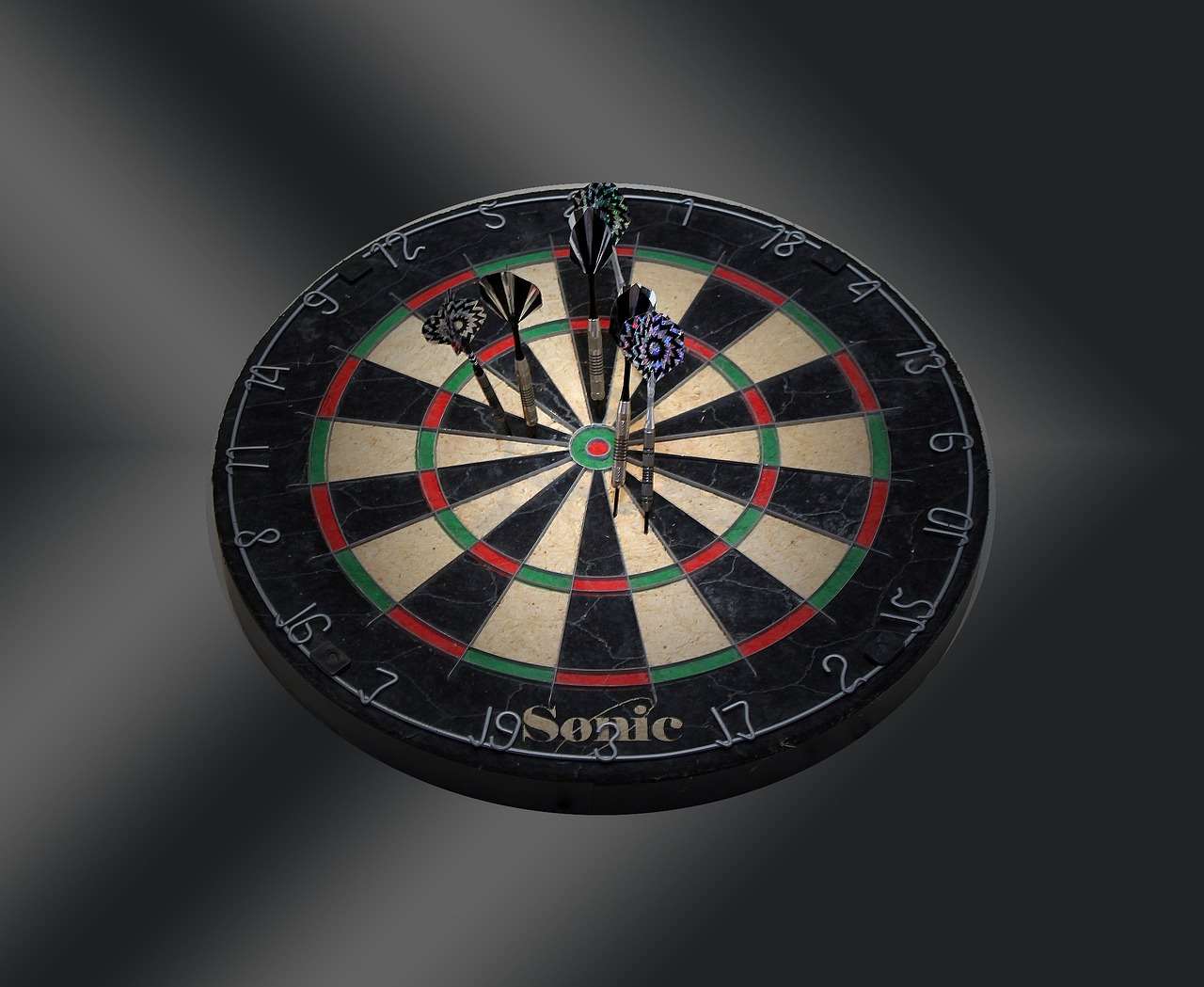
Remember, even small dart shaft differences can make a significant impact. By carefully considering these factors, you can find the perfect shafts to enhance your accuracy, consistency, and overall enjoyment of the game. Don’t hesitate to experiment to see what best suits your unique playing style. You might even find that using different shafts for different situations (e.g., longer shafts for distance throws, shorter shafts for close-range precision) improves your game significantly. Many players find that this level of fine-tuning is what separates a good game from a great one.
Beyond the Basics: Advanced Considerations for Dart Shaft Selection
While the core factors discussed above—material, length, and diameter—represent the foundation of dart shaft differences, there are more nuanced aspects that experienced players consider. These advanced considerations can further refine your performance and optimize your darts.
Weight and Balance: A Critical Consideration
The weight distribution of your dart significantly affects its flight path. The overall weight in relation to the weight of the barrel and flights plays a crucial role in stability. While many players focus on the barrel, the weight of the shaft acts as a counterbalance to the front-heavy weight of the barrel. A properly weighted shaft can reduce wobble, improving your consistency. While you can’t always adjust the shaft weight directly, this should be another consideration alongside the other factors.
Shaft Shape and Design
Certain shafts incorporate unique designs, such as grooved surfaces or specialized contours, to influence the grip. These subtle design features might provide a more secure hold and enhanced feel during your throw. For example, some shafts feature a slightly conical shape, which can make it easier to grip without needing additional accessories.
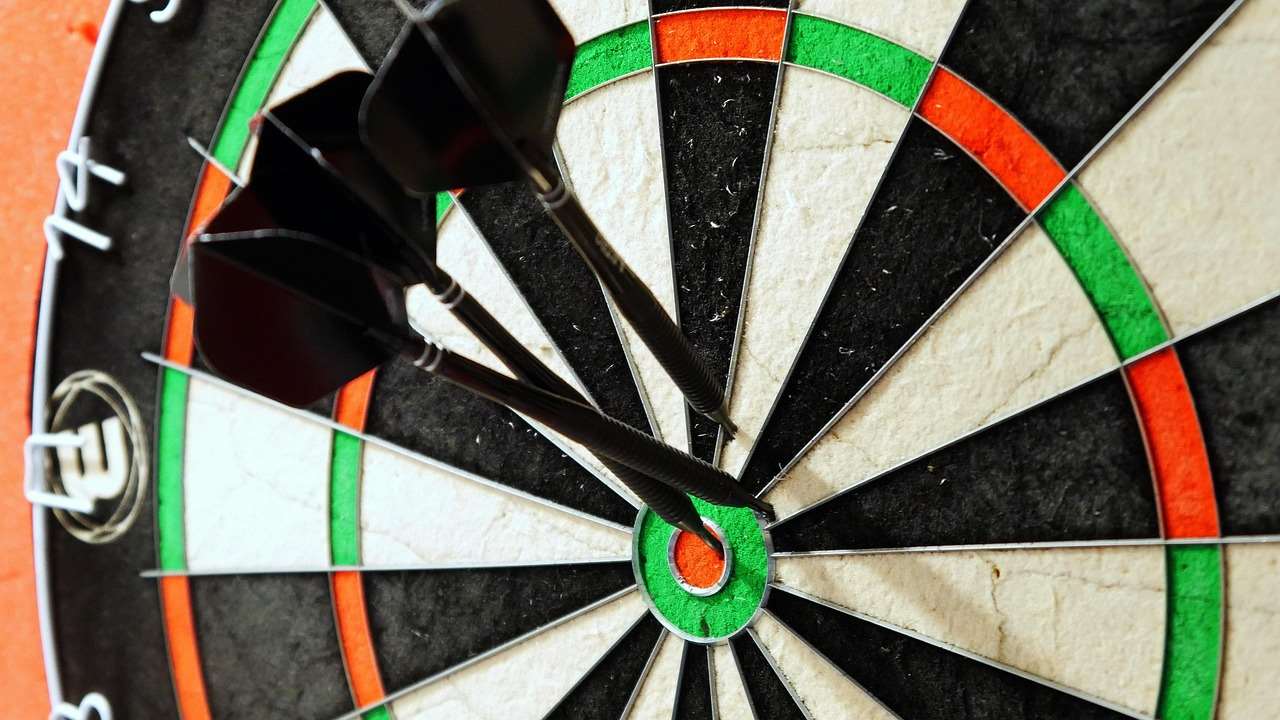
Choosing Your Shafts: Where to Start
Starting your search can be overwhelming, especially when considering the multiple manufacturers and a huge range of specifications. A great starting point is to look at what your favorite players use. Consider checking out forums and online communities where players discuss their setups to find recommendations. You can also visit your local dart shop for personalized advice. Additionally, if you’re looking to buy online, checking out darts shafts amazon can give you a large selection of different darts and accessories.
Conclusion: Mastering the Art of Dart Shaft Selection
Understanding the various dart shaft differences—material, length, diameter, and even weight and design—is key to optimizing your dart game. This information empowers you to choose shafts perfectly suited to your style and preferences. By carefully experimenting and considering these factors, you can enhance your accuracy, consistency, and overall satisfaction while playing darts. Remember, the right shafts can dramatically improve your game, leading to better scores and more enjoyable matches. So, start experimenting today!
Ready to upgrade your dart game? Explore the vast world of dart shafts and discover the perfect fit for your style. Create your dream darts game at home or learn more about dart accessories! Use the knowledge you’ve gained here to make the best choice for your next purchase.
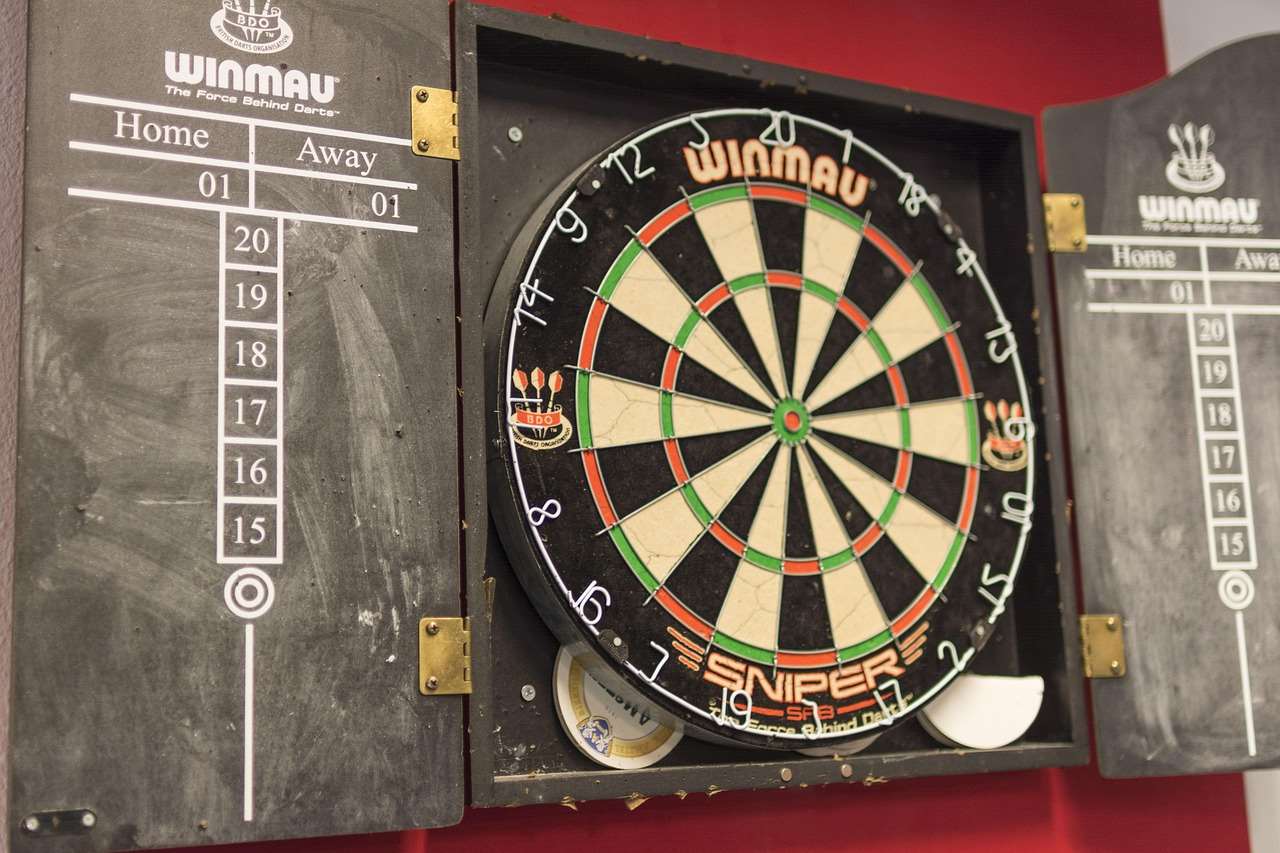
And don’t forget to utilize the power of a Mobile dart scorer to track your progress and analyze your performance effectively!
Hi, I’m Dieter, and I created Dartcounter (Dartcounterapp.com). My motivation wasn’t being a darts expert – quite the opposite! When I first started playing, I loved the game but found keeping accurate scores and tracking stats difficult and distracting.
I figured I couldn’t be the only one struggling with this. So, I decided to build a solution: an easy-to-use application that everyone, no matter their experience level, could use to manage scoring effortlessly.
My goal for Dartcounter was simple: let the app handle the numbers – the scoring, the averages, the stats, even checkout suggestions – so players could focus purely on their throw and enjoying the game. It began as a way to solve my own beginner’s problem, and I’m thrilled it has grown into a helpful tool for the wider darts community.